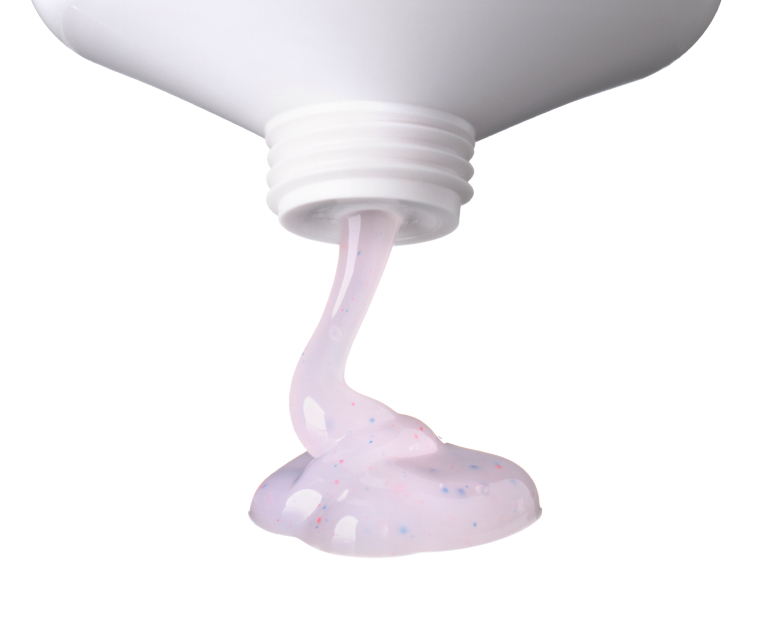Update January 2016
We’re delighted that President Obama has written a plastic micro-bead ban into US law via the Microbead-Free Waters Act of 2015, with manufacturers set to phase out products containing plastic micro-beads by July 2017.
Microbeads
The ongoing debate around plastic micro-beads came to a head last week, with Illinois becoming the first US state to ban their use in skincare products with Ohio, California and New York looking like they’ll be following suit.
Micro-beads aren’t just a US problem but a global one – environmental groups across Europe have been campaigning for their removal for years.
So, what are Micro-Beads and why are they such a problem?
Micro-beads have been used in skincare products, particularly exfoliators and cleansers since the 1970s. They are usually made of polyethylene, a type of plastic and are under 1mm in size.
Because they’re so teeny, the beads pass through sewage treatment works and find their way into our waterways and oceans.
In a study of 663 species affected by marine debris, 11% were found to have ingested micro-beads. Another 2012 study of Lake Erie in the US, found more than 450,000 micro-beads per square km.
These figures are mind blowing when you consider that this damage to our ecosystems is resulting entirely from the beauty industry.
L’Oréal, Johnson & Johnson and Procter & Gamble are finally pledging to phase out micro-beads by 2017, which is a step in the right direction.
What do we use?
At Pai, we’re committed to using the cleanest and most environmentally stable resources. None of our products contain plastic micro-beads and never will.
Our bestselling Kukui & Jojoba Bead Skin Brightening Exfoliator contains only 100% natural micro-spheres made from Jojoba wax. They are non-toxic and completely biodegradable, so you can exfoliate with a clean conscience.


